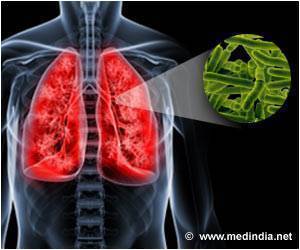Dangerous bacteria - the kind that cause vomiting and potent infections - may be able to survive on airplane surfaces for up to a week, claim researchers.

These disease-causing bugs made their homes on armrests, seat back pockets and other common surfaces, said the research presented at the annual meeting of the American Society for Microbiology.
For their study, scientists applied the pathogens to an armrest, plastic tray table, metal toilet button, window shade, seat pocket cloth, and leather obtained from a major airline.
Then they exposed the surfaces to "typical airplane conditions," and discovered that MRSA lasted the longest -- a total of 168 hours, or seven days -- on a seat-back pocket.
E. coli lived for 96 hours, or four days, on an armrest.
"Our data show that both of these bacteria can survive for days on the selected types of surfaces independent of the type of simulated body fluid present," said lead researcher Kiril Vaglenov.
Researchers are also testing other bacteria, such as the kind that causes tuberculosis, along with cleaning strategies and antimicrobial surfaces that might help fight them.
 MEDINDIA
MEDINDIA




 Email
Email







